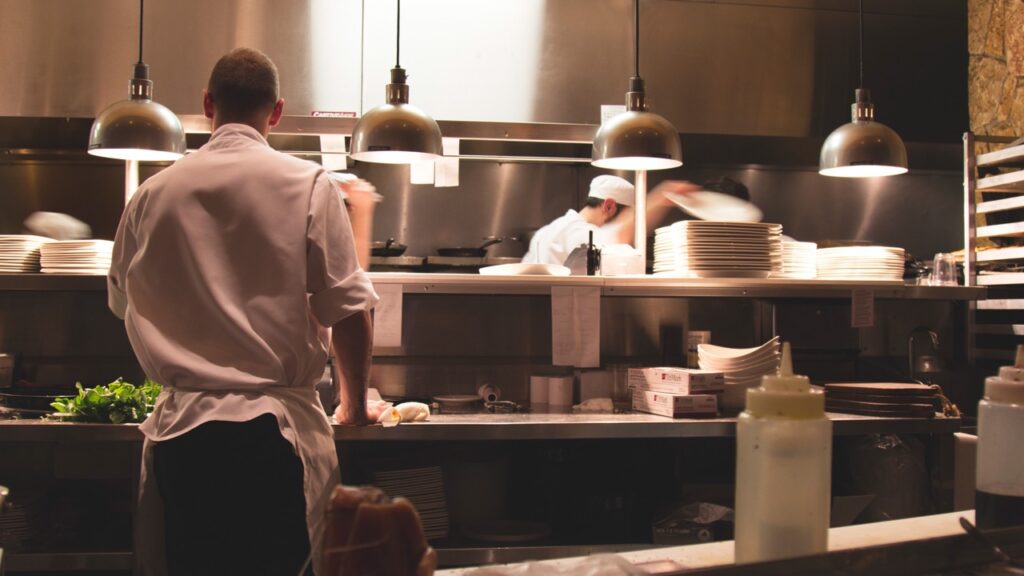
With a rapidly changing landscape and growing customer demands, restaurant owners and managers must not only provide good food but also food that is cost-effective and profitable. A menu analysis report is an essential tool for restaurant owners to analyze the profitability of their menu items. It allows them to identify items that are doing well and those that are performing poorly. A menu analysis report helps restaurant owners identify menu item trends, make better decisions about what to offer, setup pricing strategies, and maximize profits.
With so many elements to consider when creating a menu analysis report, here are the top 10 things to consider for the best possible outcome.
1. Consider Accuracy of Your data
A menu analysis report should be based on accurate data. Restaurant owners must ensure that their data is up-to-date and accurate to ensure that their analysis is reliable. Generating an accurate report requires analyzing the sales data for all menu items for each time period. It is also important to consider any outliers or discrepancies that might be present in the data. For accurate results, restaurant owners need to ensure that their data is clean, complete, and accurate.
2. Utilize restaurant technology
Restaurant technology can provide valuable insight into the customers’ behavior and preferences. With the help of technology, restaurants can track the financial performance of menu items. Using restaurant technology, restaurant owners can track sales information, analyze customer buying habits, and measure the impact of promotions and discounts. Technology can also provide useful information and metrics such as customer average check size, most popular items, and most profitable items.
3. Evaluate Performance of Each Dish
In a menu analysis report, restaurant owners should evaluate the performance of each dish as it relates to the other items on the menu. This is important in order to understand which one is the most profitable and least profitable. The profitability of a dish can be measured by its contribution margin, which is the difference between the menu item’s price and the cost of its ingredients. The goal is to offer dishes that will increase profits while still providing the customer with a good meal.
4. Analyze Costs
In order to create a sustainable and profitable menu, restaurant owners must accurately assess the costs of each menu item. This includes ingredients, supplies, labor, expenses, and overhead. It is important to compare these costs to the profit of each dish in order to identify which menu items are most profitable, and which should be eliminated.
5. Track Popularity of Menu Items
Tracking the popularity of menu items helps restaurant owners understand customer preferences and the demand for different dishes. This information can be used to uncover popular trends among customers and identify menu items that should be promoted or discounted. Technology can also be used to track the popularity of menu items, as well as to measure their costs and profitability.
6. Consider Taste Preferences of Customers
The tastes and preferences of customers play a huge role in determining the success of a restaurant. When creating a menu analysis report, restaurant owners should consider the preferences of their customers. This includes their taste preferences and dietary preferences such as vegan, vegetarian, and gluten-free. By understanding their customers’ preferences, restaurant owners can create a menu that will be received well by customers and generate more profits.
7. Design Your Menu Strategically
When creating a menu analysis report, restaurant owners need to design their menu strategically. This involves creating a menu with items that will not only be profitable, but that also appeal to customers. Restaurant owners should also focus on creating a menu that is easy to understand and allows customers to quickly identify their desired items. Additionally, restaurant owners should consider the size and format of the menu, as well as where they place items within it in order to maximize profits.
8. Examine the Merits of Menu Specials
Menu specials can be a great way to draw in customers and increase profits. However, restaurant owners must consider the costs associated with menu specials and if they are worth the effort. For example, some menu items may have higher labor costs than others, and it may not be worth it to offer them as specials. Before offering any specials, it is important to consider the costs and potential profits associated with them.
9. Fallout with Suppliers
When creating a menu analysis report, restaurant owners must consider the impact of supplier relationships. This includes problems with supply availability, quality control, and delivery schedules. If a restaurant experiences a supply shortage, it can lead to a decrease in profit. Therefore, it is important to build relationships with reliable suppliers and assess the impact of potential supply issues on the menu.
10. Current Prices of The Dish
The price of a dish is a key factor in restaurant profitability. Restaurant owners must consider the current prices of their dishes and compare them to their competitors. To ensure the best prices, restaurant owners should always keep an eye on the market and adjust prices accordingly. Additionally, they should consider potential promotions or discounts that could appeal to customers and help increase sales.